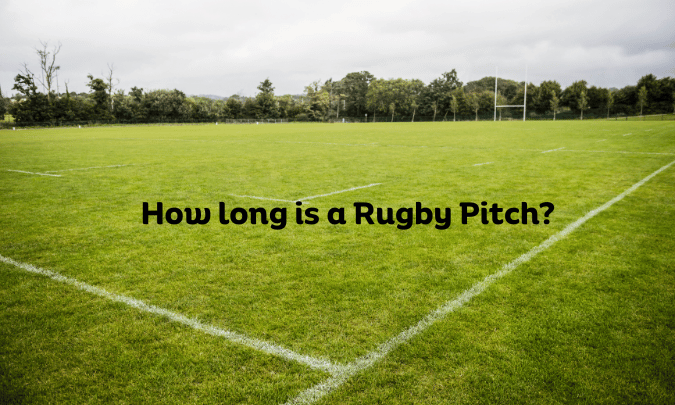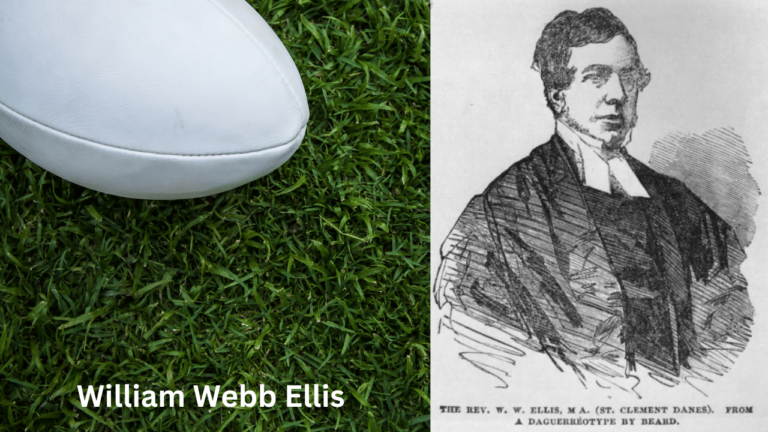How long is a Rugby Pitch?
A standard rugby pitch is 100 meters long from try-line to try-line, with an additional in-goal area of 10 to 22 meters at each end. The width of a rugby pitch is up to 70 meters.
Understanding the dimensions and markings of a rugby pitch is fundamental to appreciating the tactical aspects of the sport. A full-size rugby pitch provides ample room for strategic play, from utilizing space for kicks and runs to orchestrating defensive and offensive alignments.
While the pitch size can vary depending on the level of play and available facilities, official international matches must adhere to the standard dimensions.

Breaking Down the Rugby Pitch
The rugby pitch is marked with several important lines. The halfway line divides the pitch into two halves. There are also two 22-meter lines, each measured from the center of each goal line.
Additionally, there are the ‘5-meter’ and ’15-meter’ lines that delineate where scrums can take place, and the ‘touchlines’ which mark the sides of the pitch.
In-Goal Area and Posts
At each end of the pitch, there is an in-goal area where tries are scored. This area extends beyond the try-line up to a maximum of 22 meters.
The goal posts are located on the try-line and are 5.6 meters apart, with a crossbar positioned 3 meters from the ground.
Effect of the Pitch on the Game
The dimensions of the rugby pitch can significantly impact the style and pace of the game. A larger pitch tends to favor teams with fast, agile players who can exploit the extra space, while a smaller pitch might benefit a team with a strong, physical pack who can dominate in tight spaces.
Frequently Asked Questions about the Rugby Pitch
Can the size of a rugby pitch vary?
Yes, the size of a rugby pitch can vary, particularly at lower levels of play, due to space limitations or for player safety reasons. However, pitches used for international matches must adhere to the standard dimensions.
What is the ‘dead-ball line’ in rugb
The ‘dead-ball line’ marks the limit of the in-goal area. If the ball goes beyond this line, it’s considered ‘dead’, and play must be restarted.
Why are the goal posts H-shaped in rugby?
The H-shaped goal posts in rugby allow for two types of scoring – a ‘try’ when the ball is grounded beneath the posts, and a ‘goal’ when the ball is kicked between the posts and over the crossbar.
What is the difference between the ’22’ and the ‘5-meter’ line?
The ’22’ refers to the 22-meter line from each goal line, crucial for restarts after a defending player has grounded the ball. The ‘5-meter’ line refers to the line 5 meters from each touchline and is the furthest point a lineout can take place.
Are the dimensions the same for rugby league and rugby union pitches?
While there are slight differences in markings, the dimensions for rugby league and rugby union pitches are largely similar, with a maximum length of 100 meters and a maximum width of 70 meters.






